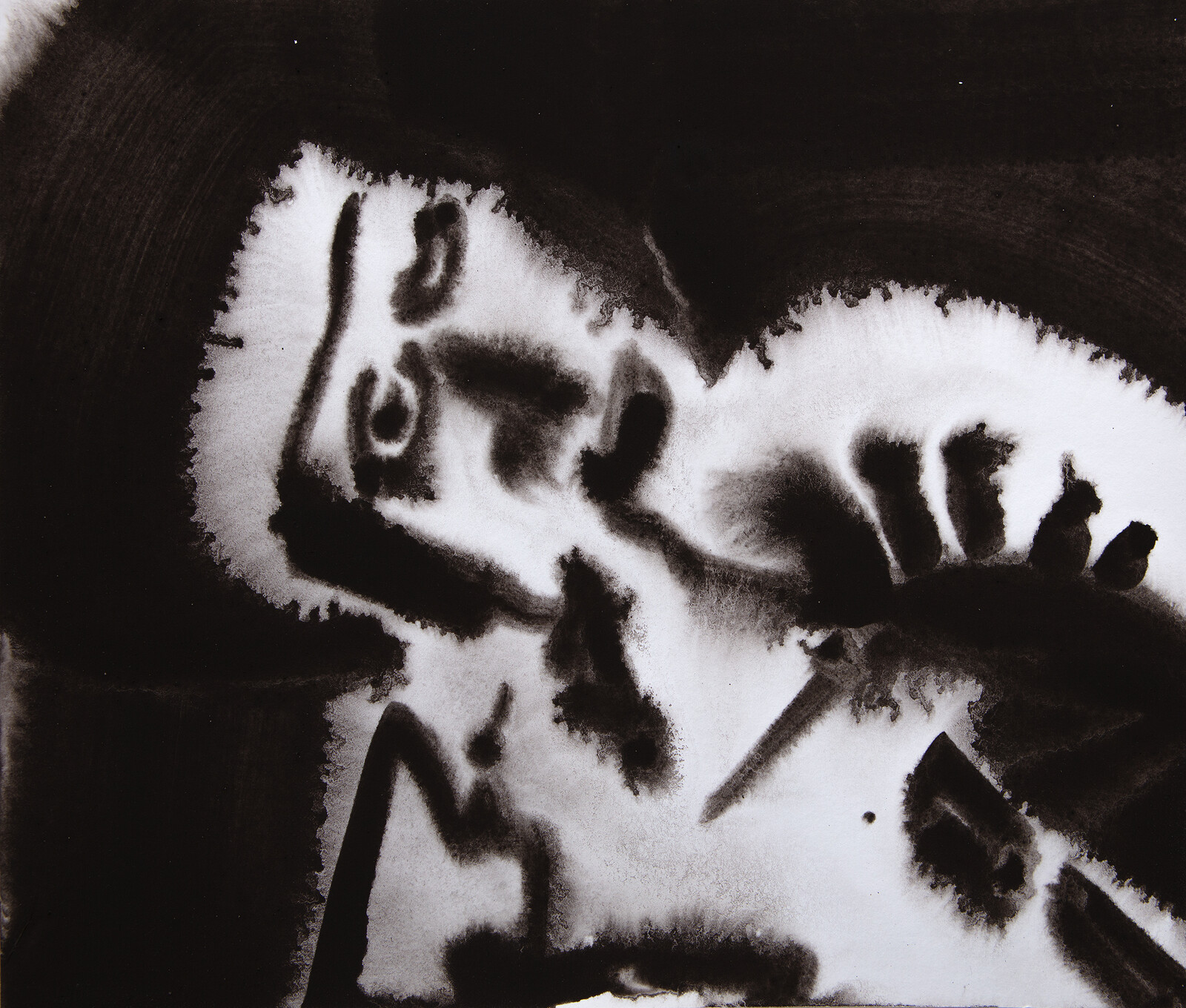I prefer to keep things rough on the surface
September 14–October 23, 2021
Via Giulia di Barolo, 18/D
10124 Turin
Italy
T +39 338 429 0085
F +39 011 826 4640
info@quartzstudio.net
Tuesday, September 14, at 6pm Quartz Studio is delighted to present Preferisco mantenere le cose ruvide in superficie (I prefer to keep things rough on the surface), the first solo exhibition in Turin by the artist Martina Steckholzer (Sterzing, Italy, 1974), curated by Lisa Parola. The artist, who is from Alto Adige and calls Vienna home, has created a number of works for the exhibition inspired loosely on the artistic practice of Carol Rama (Turin, 1918–2015), whose home studio is a short way from Quartz Studio, in the Vanchiglia district of Turin.
Martina Steckholzer’s painting operates in the realm of the impalpable, the unconscious, and the infra-ordinary. It is in a frame traversed by an intelligent, hidden process built through a never fully completed narrative relationship between herself and that which she paints, between that which is painted and the person who observes it. “I prefer to keep things rough on the surface,” the artist says. When Steckholzer describes her work techniques, she emphasizes “rough things.” The curator writes, “I am looking at two of the artist’s works, Virginia (2005) and Postures (2017) and I observe them, compare them with other works and I lose myself in the unruly lines and the shapes of color. I try to retrace the gestures of the artist’s ‘action,’ developing like poetic participation in painting, intended as a tangible action to accompany the idea, never leaving it. I look at the uncommon oscillating entities that coalesce into pulverized, almost “atomic” clumps. I observe those spaces with a sort of lightweight anxiety, a silent pensiveness, an intimate depth. I retrace the disconnections, the sudden flights concealed by a plurality of color points, the many-sided multiplicity of disjointed, recurring paradigms. I plunge into a magical language, a place where the summary of the gesture is the slow movement of an idea, an enlightening settling, a slowly falling into a suspended atmosphere of melancholy. Even when I stop to consider her more geometric works, I never see a forced action but rather a form that opens up to the space where order seems threatened by disorder. Steckholzer does not paint reality, but a memory, an echo, a distance of reality. The faces and shapes we see do not question their existence. They exist only in the vibration of color and appear in a time that is not real but one of precariousness, the visual testament to the irreversible transience of what is. The artist’s time is always instant, labile, and absolute. This time breaks down spaces, faces, and animals with colors that are spread water-like but intense in shades of green, brown, and blue, though also capable of violent points of red, yellow, and sunny orange or an intense green and then falling back into black. Steckholzer’s undertaking is to suggest images evocative of action that fills the idea. Her works, both the more abstract and the figurative ones, are infused with the urgency to make the idea disappear into the image and then make it reappear from the image’s evidence. Steckholzer’s painting is also obsessed with the traces that the painting leaves, witness to the gesture, a rapid physicality, an undoing. Her painting’s essential quality is given on a broad field, white or off-white, where the form or the figure settles and is a testament to itself. This is an impalpable world poised between the immensity of the possible and the free but determined choice of staying on the “fully realized threshold of elsewhere.”
Martina Steckholzer (Sterzing, Italy, 1974) lives and works in Wien. Her work is documentary, deconstructive and poetic at the same time. It is a painterly investigation of the regimes of representation. In large-format spatial paintings, she looks at the architectural structures of exhibitions and at stages for contemporary discourse. Reduced as they are, the pictorial spaces become open stages and intuitive documentary traces. In Steckholzer’s mostly figurative watercolors, pigment, paper and water react in the fleeting moment to form vulnerable surfaces. The artist at times writes fragmentary texts to accompany what she has painted and, depending on the exhibition context, adds them to the paintings. The work is part of private and institutional collections and has been on international display. Selected solo and group shows: Engländerbau, Vaduz, MMKK, Museum Moderner Kunst Klagenfurt, Museion, Bolzano, Civic Gallery, Bressanone, Taxispalais, Innsbruck, Kunst Forum Montafon, fluc Vienna, Theatre VBB Bolzano, Landestheater Salzburg (permanent), me Collector’s Room, Berlin, Museum für Moderne Kunst, Weserburg, Belvedere 21, Vienna. The artist is represented by Meyer Kainer, Vienna and Doris Ghetta, St. Ulrich.
The exhibition was made possible by the support of BMKOES Austria — Federal Ministry of Arts and Culture, Civil Service and Sport. During the exhibition, Martina Steckholzer’s book will be presented, made in collaboration with Studio Lupo Burtscher of Bozen-Bolzano. As part of the presentation, a conversation will be held with the artist, the curator and Angelika Burtscher at the Goethe-Institut in Turin.



